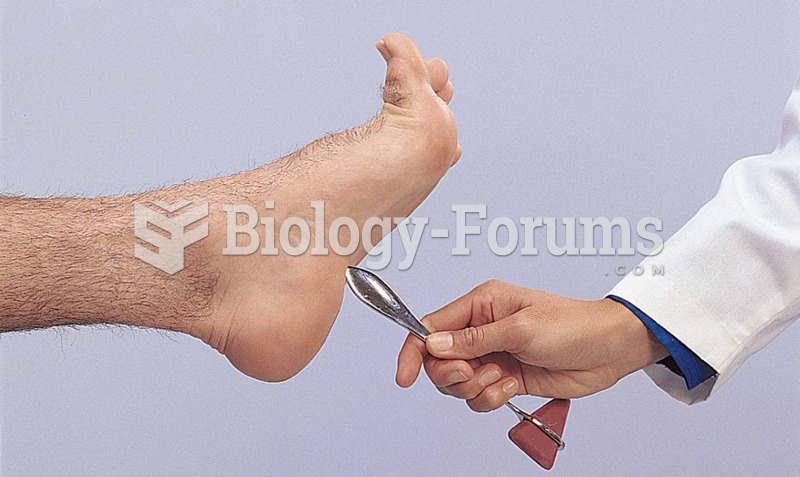|
|
|
Sildenafil (Viagra®) has two actions that may be of consequence in patients with heart disease. It can lower the blood pressure, and it can interact with nitrates. It should never be used in patients who are taking nitrates.
The ratio of hydrogen atoms to oxygen in water (H2O) is 2:1.
Thyroid conditions cause a higher risk of fibromyalgia and chronic fatigue syndrome.
When blood is exposed to air, it clots. Heparin allows the blood to come in direct contact with air without clotting.
IgA antibodies protect body surfaces exposed to outside foreign substances. IgG antibodies are found in all body fluids. IgM antibodies are the first type of antibody made in response to an infection. IgE antibody levels are often high in people with allergies. IgD antibodies are found in tissues lining the abdomen and chest.







